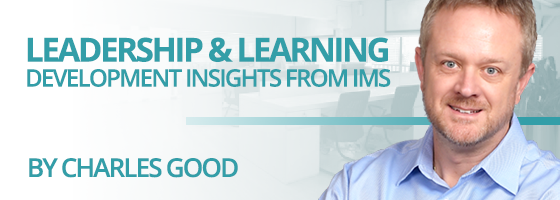As the world continues to evolve due to the global pandemic, organizations are in a state of flux in deciding how to best manage team structures for collaboration and high levels of performance. According to Patrick Lencioni, best-selling author of The Five Dysfunctions of a Team, there are three stages for improving team dynamics and building an effective team.
- Get the right people on the team. Ideal team players should have three qualities: humility, solid work ethic, and emotional intelligence.
- The people need to occupy the right roles within a team. Patrick has developed a way to assess your team based on six working genius models. It will help you to place the people in the right roles that will energize them.
- Genius of wonder – They ask is there a better way of doing this by asking difficult questions.
- Genius of invention – They love to solve problems and come up with new and original ideas.
- Genius of discernment – They evaluate their ideas and situations using their intuition.
- Genius of Galvanizing – They know how to get people working together.
- Genius of Enablement – They know how to connect and cooperate with others.
- Genius of Tenacity – They love to push things across the finish line.
- Get the team to perform. Patrick goes through the five dysfunctions of a team, which he covers in his book – lack of trust, fear of conflict, lack of commitment, avoidance of accountability, and inattention to results.
During her recent IMS virtual program, Dr. Ellen Burts Cooper, author of aMAZEing Organizational Teams provided attendees with some great advice around improving team dynamics to build high-performance teams. In her model, she identifies seven critical attributes for team cohesion, productivity and resilience. This model is based on over 14 years of data collection, studying the most effective teams in various industries. The following are some of her insights for building stronger teams.
Trust in a virtual world depends on asking and getting agreement around the following questions.
- How will we make decisions when we are not all in the room or working the same hours?
- How will you handle tough conversations remotely?
- What needs to change related to processes, communication, and offerings with your
stakeholders?
Know the difference between appreciation and recognition and when to use each one.
- When you appreciate someone, you are acknowledging a person’s inherent value. However, when you recognize someone, you are giving them positive feedback based on results or performance.
- An organization maintains its most valued assets not by compensation but by appreciation. Employees need to feel that they are appreciated. This needs to be done in the moment, appropriate in terms of volume and scale and tied to the employees perception of value.
Two traits that have atrophied during these challenging times are behavior and meeting management. The following provides you some advice and questions to ask yourself in these two areas.
- Develop team norms around communication, work rhythm and consistency of work hours, etiquette for video, intranet sites and email.
- What are you doing to manage stress and attend to self-care?
- Hold a physical meeting only if you can answer the following questions
- Why do I need to bring these people together?
- What are the expected outcomes?
- Who needs to be a part of this meeting?
- How will you run the meeting?
Even though today’s teams are more diverse and dispersed, everyone knows that remarkable teamwork equals remarkable results. Don’t forget to celebrate team success and remember what TEAM stands for – Together Everyone Achieves More.
ABOUT CHARLES GOOD
Charles Good is the president of The Institute for Management Studies, which provides transformational learning experiences that drive behavioral change and develop exceptional leaders. Charles is an innovative and resourceful leader who specializes in bringing people together to develop creative organizational and talent strategies that enable business results. His areas of expertise include assessing organizational skill gaps and leading the design, creation and delivery of high impact, innovative learning solutions that achieve business goals.
